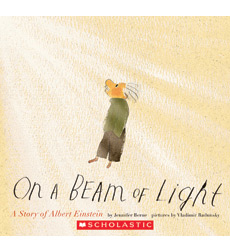

As part of the series formula, science topics and gadgetry are integrated into the stories and further explained in a “Behind the Science” afterword. Story-crafting takes a back seat to scene-setting in this series kickoff that introduces the major players.

Nina does the legwork and Ada provides the technology for their search for the dognapper. Reed’s dog, Marguerite, is missing, they leap to the conclusion that it has been stolen. She records her observations in a field journal, a project that intrigues new friend Nina, who lives nearby. Temporarily housebound after a badly executed bungee jump, Ada uses binoculars to document the ecosystem of her new neighborhood in San Francisco. Using science and technology, third-grader Ada Lace kicks off her new series by solving a mystery even with her leg in a cast.

An author’s note adds a little more about the person and the scientist.įor today’s curious children, this intriguing and accessible blend of words and pictures will provide a splendid introduction to a man who never stopped questioning. A nice touch at the end shows children who might also wonder, think and imagine dressed in the professor’s plaid suit. The mottled, textured paper of each page reinforces the concept that everything is made of atoms. The narrative text includes several of Einstein’s big ideas about time and space one illustration and the back endpapers include the famous formula. With gouache, pen and ink, Radunsky’s humorous, childlike drawings convey Einstein’s personality as well as the important ideas in the text (which are set out in red letters). Readers see the curious child growing into the man who constantly read and learned and wondered. And dreamed up ideas never dreamt before.” Story and perfectly matched illustrations begin with the small boy who talked late, watched and thought, and imagined traveling through space on a light beam. The author of Manfish (illustrated by Eric Puybaret, 2008) presents another dreamer, a man who “asked questions never asked before. A boy who asked too many questions becomes iconic physicist Albert Einstein, whose questions changed the world.


 0 kommentar(er)
0 kommentar(er)
